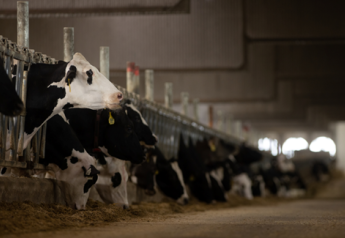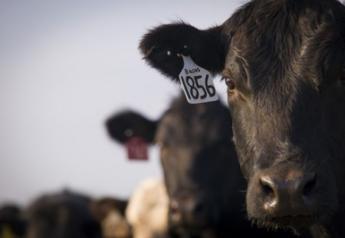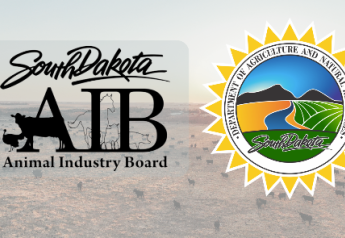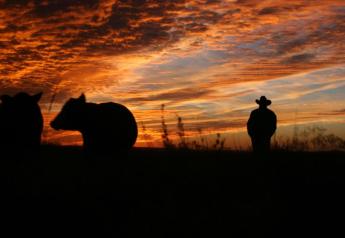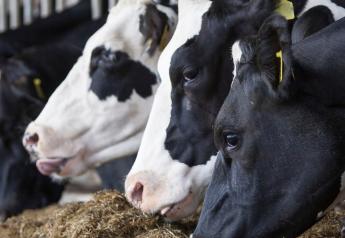Diet Considerations to Prevent a Displaced Abomasum

Incidence rates for displaced abomasum (DA) range from 1% to 6%, and up to 90% of DA's happen within the first 30 days in milk. Diet and feeding programs to prevent DA's can be developed by better understanding DA causes. Displaced abomasum is a complex disease because one specific cause may be impossible to determine. However, two common associations have been linked to increased DA incidence.
Rumen Fill: Dry matter intake drops pre-calving and slowly increases post-calving. The low dry matter intake reduces the amount of fill in the rumen. Little rumen fill may allow more space for the abomasum to move and shift.
Prevention: To prevent DA, potentially caused by lack of rumen fill, both forage to concentrate ratios and forage particle length should be considered. The Penn State-Nasco shaker box can help determine proper particle length. Both pre and post-fresh diets should have 8 to 10% of the particles on the top screen. Forage to concentrate ratios should not drop below 50:50 in pre or post-fresh diets.
Gas Build-up in Abomasum: Gas is produced in the abomasum because of excess feed material and increased fermentation in the abomasum. Typically, fermentation does not happen in the abomasum. However, a high concentrate diet will lead to faster passage rates through the rumen and increase volatile fatty acids (VFA) in the abomasum. The increase in VFA results in a higher pH content of the abomasum allowing rumen microbes to continue the fermentation process and gas production.
Prevention: To prevent DA caused by gas production in the abomasum, focus on slowing the passage rate through the rumen by providing effective fibers. Effective fibers help build a rumen mat and allow the rumen to function properly.
Other Considerations: Cows that experience other transition diseases such as ketosis, retained placenta, or subclinical milk fevers are at a greater risk for DA. Research suggests this may be due, in part, to the decrease in dry matter intake. Crowding at the feed bunk can also lower dry matter intake. Be sure to keep stocking densities in transition cow pens no higher than 100%.
Cows with a high body condition score are also at greater risk of DA. Body condition scores should be between 2.75 and 3.25 around the time of calving. Work closely with your nutritionist to ensure transition cow diets meet and do not exceed demands.



